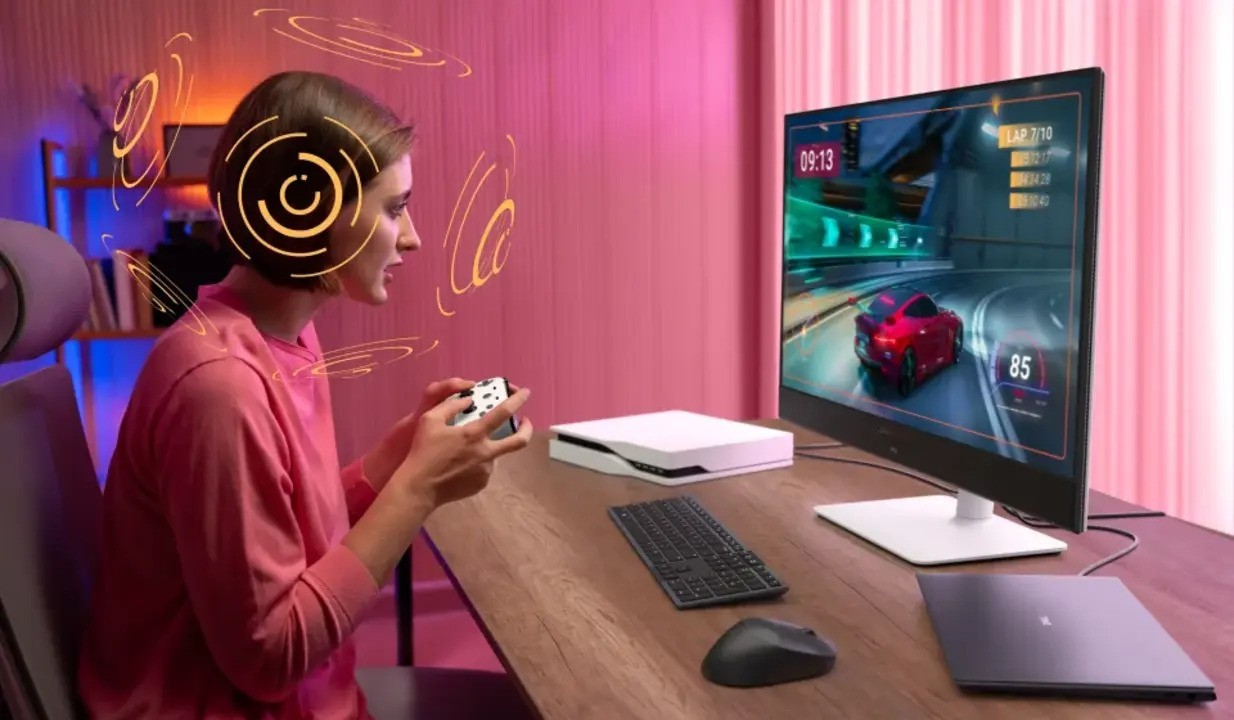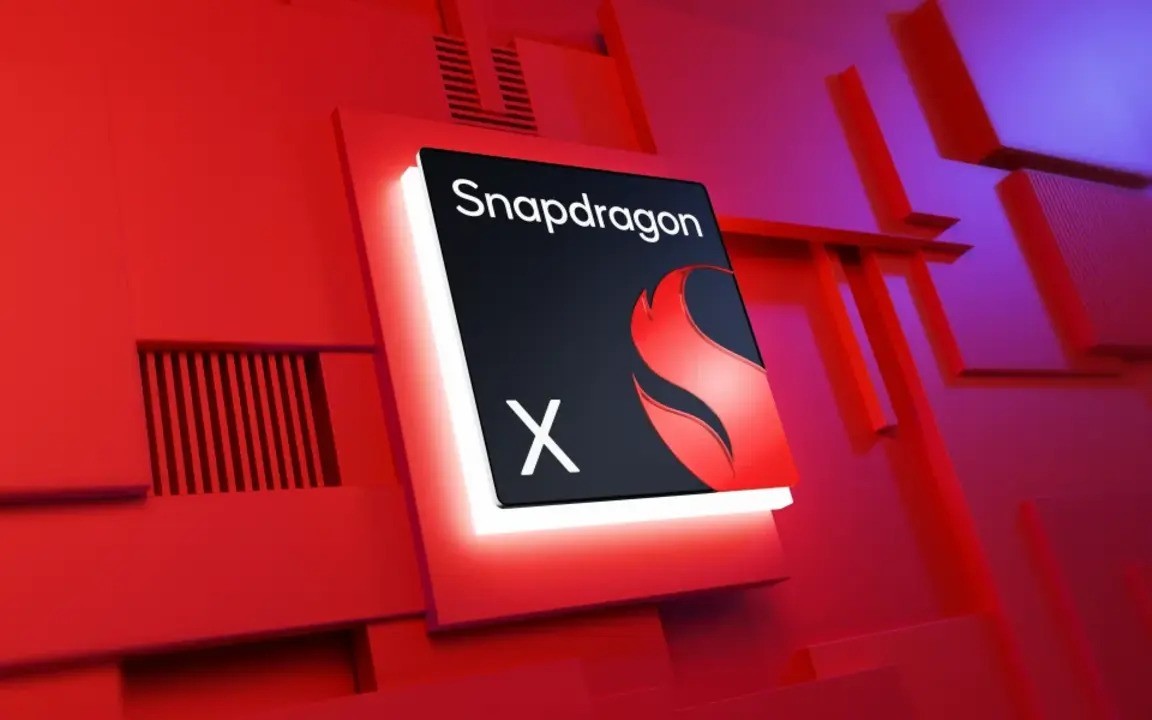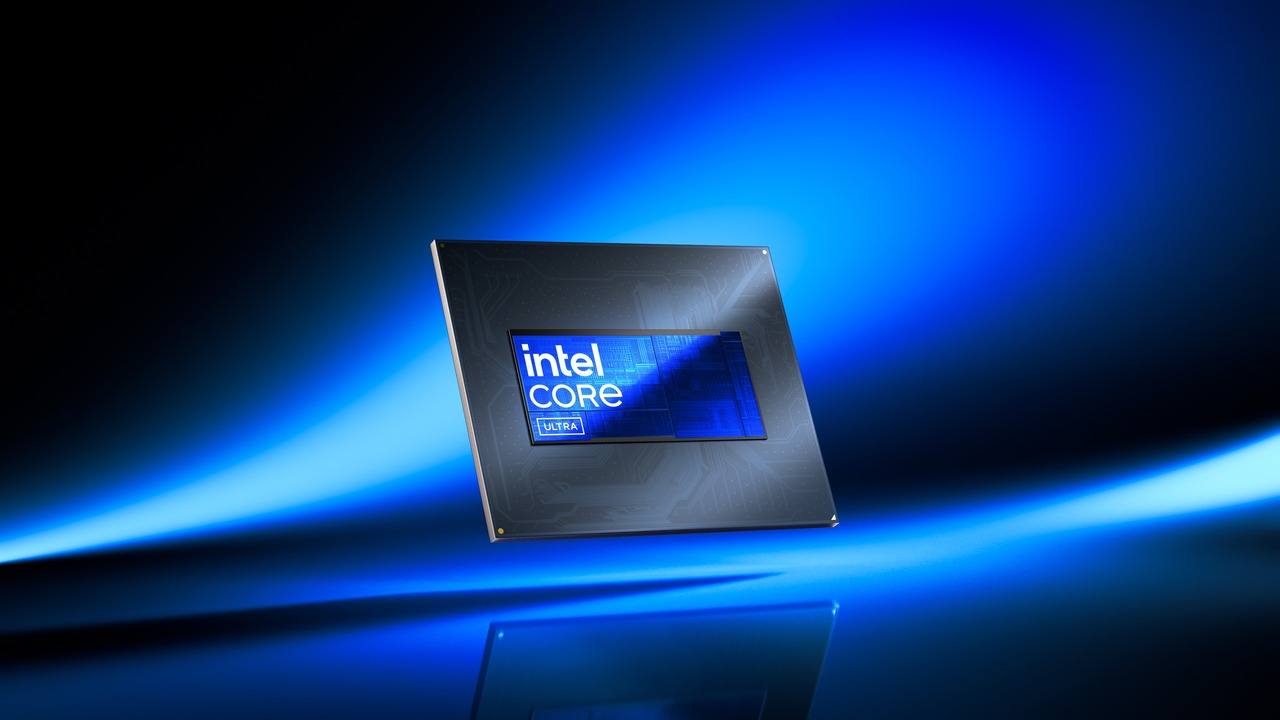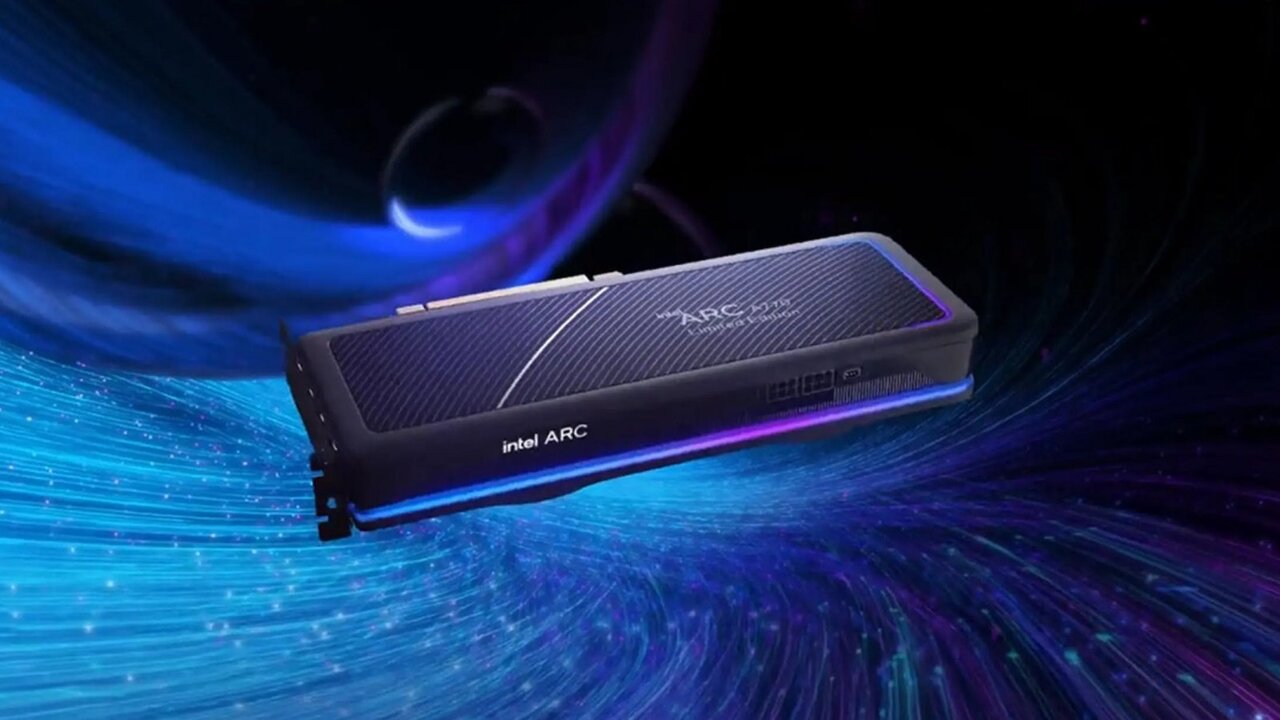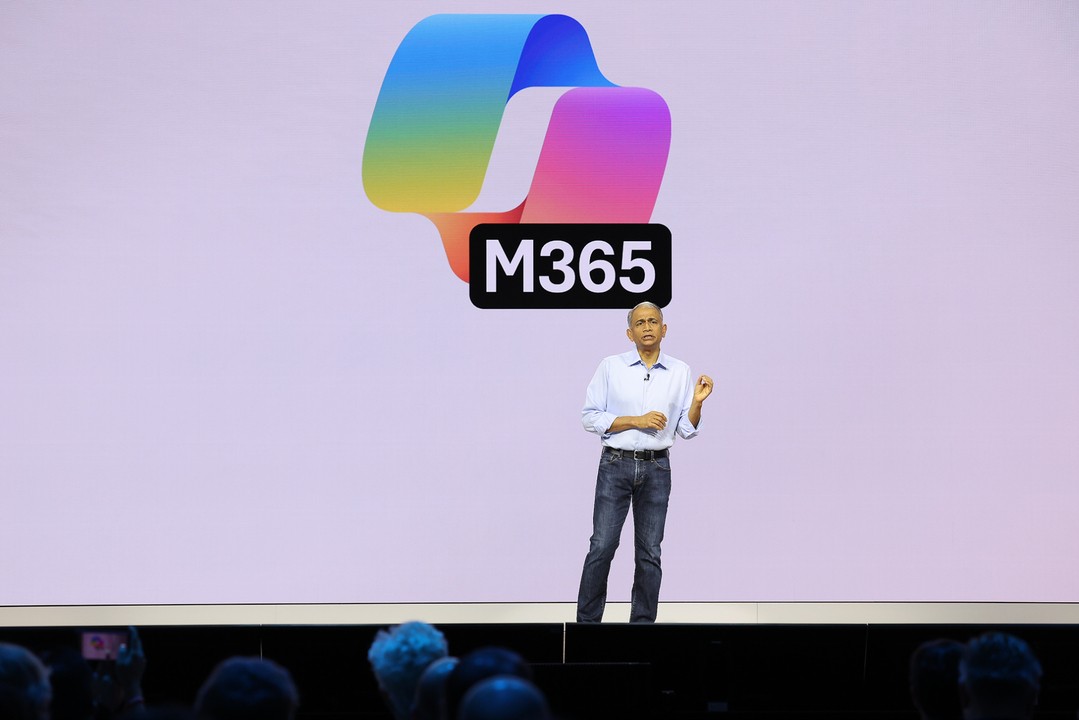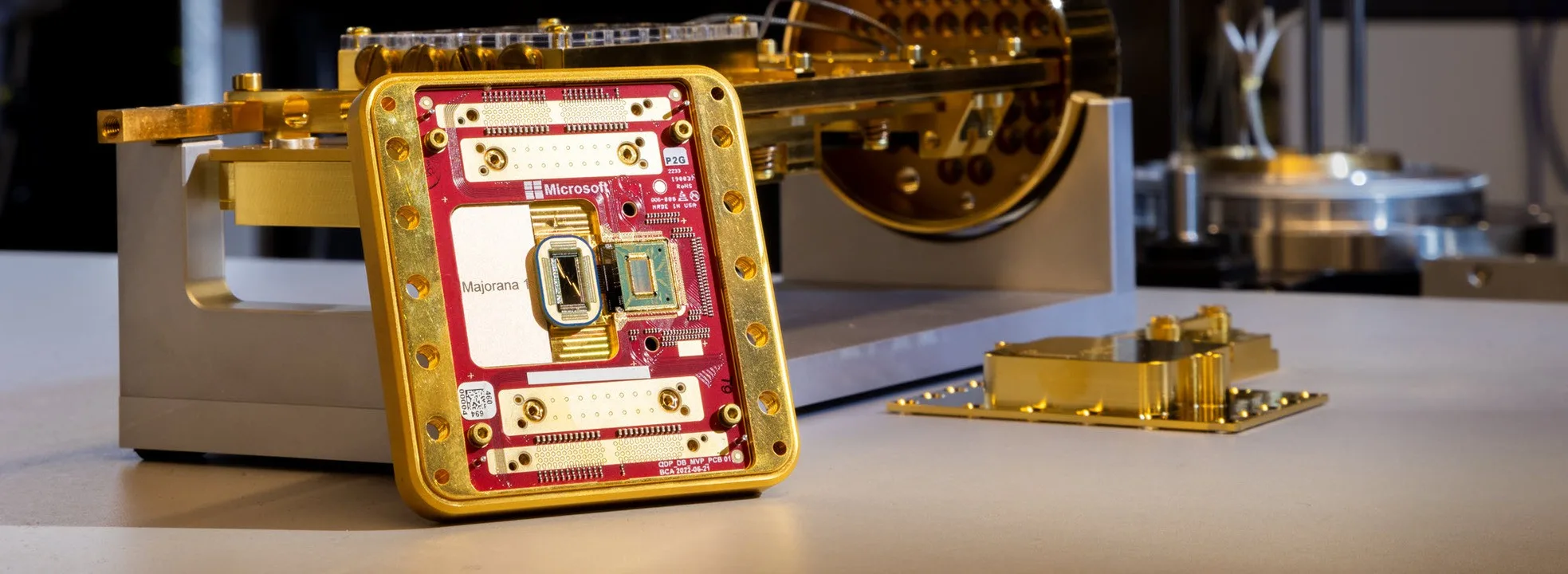
Is Microsoft’s Quantum Leap the Future of Gaming?
Microsoft recently unveiled its groundbreaking quantum processor, Majorana 1, which is set to transform the computing world. This innovative chip leverages topological qubits, a new state of matter called topoconductors, to achieve unprecedented stability and… Is Microsoft’s Quantum Leap the Future of Gaming?
